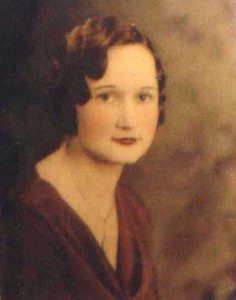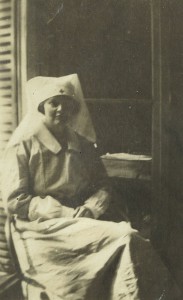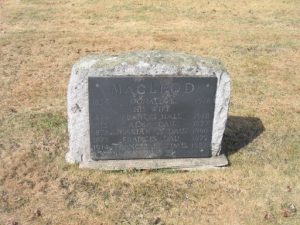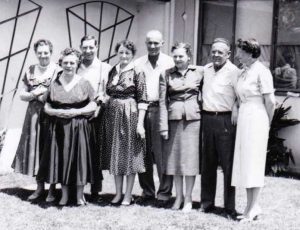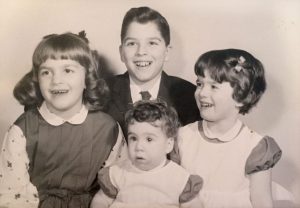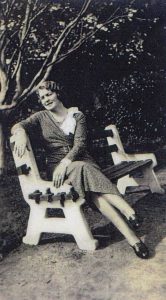
We all have them. Yes, those stacks of old photographs passed down to us. They are images from someone else’s life; what can be daunting is that these are pictures we have to appraise even when we know nothing about what they mean. Often disorganized, unidentifiable, and fading, we can’t quite bring ourselves to put them out for the mid-week trash collection. It just isn’t who we are.
In going through my grandmother Alta Sage Lee Dixon’s old photographs, I understand that many of the people in her pictures may always remain unknown to me. Yet I can’t help wondering if there aren’t patterns in her collection. I’m resolved to try and put these “pictures of unknowns” into at least a few “photographic categories.” After all, this is my grandmother’s life – so maybe if I understand how she pictured her own collection, I might understand more about her. Continue reading What the heck are they doing?
